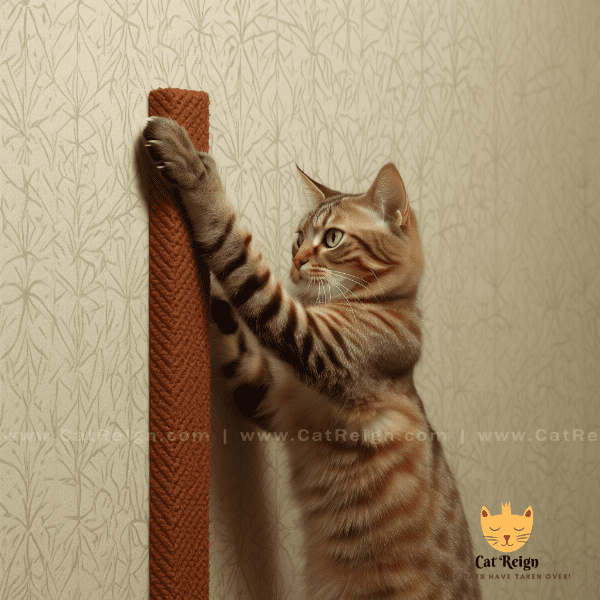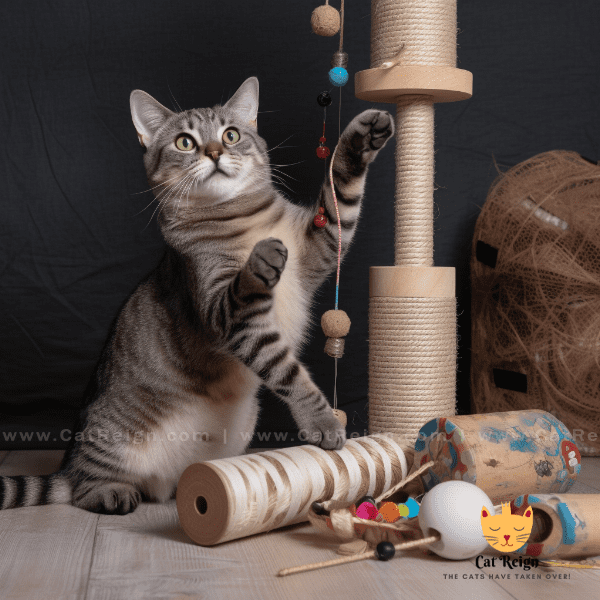Table of Contents
- Understanding Cat Scratching Behavior
- The Importance of Training Cats
- Anti-Scratching Cat Spray: How Does It Work?
- Top 5 Ingredients to Look for in Anti-Scratching Cat Spray
- How to Use Anti-Scratching Cat Spray
- Alternatives to Anti-Scratching Cat Spray
- Tips for a Successful Training Experience
- Real-Life Success Stories: How Anti-Scratching Cat Spray Changed My Cat’s Behavior
- Conclusion: Say Goodbye to Destructive Scratching
Understanding Cat Scratching Behavior
Cats are natural scratchers, and it’s a behavior that’s deeply ingrained in their DNA. Scratching helps cats stretch their muscles, sharpen their claws, and mark their territory. While it’s a completely normal behavior, it can also be destructive, especially when cats scratch furniture, carpets, and other household items.
Why Do Cats Scratch?
There are several reasons why cats scratch. First and foremost, it’s a way to mark their territory. Cats have scent glands in their paws, and when they scratch, they leave behind a scent that tells other cats that this is their territory. Additionally, scratching helps cats stretch and flex their muscles, which is essential for their overall health and wellbeing.
When Do Cats Scratch?
Cats tend to scratch when they wake up, after eating, and after playing. They also scratch when they’re excited or when they want attention. It’s important to note that cats don’t scratch out of spite or to intentionally damage furniture or other items.
How Do Cats Scratch?
Cats have special adaptations that make them excellent scratchers. They have retractable claws that they can extend when they scratch, allowing them to get a good grip on surfaces. Additionally, their paws have special pads that provide traction and stability while they scratch.
Can Cat Scratching be Controlled?
While it’s impossible to completely stop a cat from scratching, it is possible to redirect their scratching behavior. This can be done through training and by providing cats with appropriate scratching surfaces, such as scratching posts or pads. Anti-scratching cat spray can also be an effective tool to deter cats from scratching furniture and other household items.
Understanding why cats scratch is the first step to redirecting their behavior. By providing them with appropriate outlets for their scratching behavior and using anti-scratching cat spray as a tool, you can help your cat fulfill their natural scratching instincts while protecting your home from damage.
 Cat scratching Behavior”>
Cat scratching Behavior”>The Importance of Training Cats
Training is an important part of owning a cat, and it’s essential for redirecting unwanted behaviors like scratching. While cats are independent creatures, they can still learn and respond to positive reinforcement training.
Benefits of Training Cats
Training your cat has several benefits beyond just redirecting unwanted behaviors. It helps build a stronger bond between you and your cat, and it can also help keep your cat mentally stimulated and physically active. Additionally, training can help prevent future behavior problems by teaching your cat appropriate behaviors.
Types of Cat Training
There are several types of cat training, including litter box training, leash training, and behavior training. When it comes to redirecting scratching behavior, behavior training is the most effective method. This involves teaching your cat to use appropriate scratching surfaces, such as scratching posts or pads, and to avoid scratching furniture and other household items.
Using Positive Reinforcement
Positive reinforcement is a key component of cat training. This involves rewarding your cat for desired behaviors, such as using a scratching post, with treats or affection. Punishing or scolding your cat for unwanted behavior is not effective and can actually make the behavior worse.
Consistency is Key
Consistency is essential when it comes to training cats. It’s important to be patient and persistent, and to consistently reinforce desired behaviors. This means providing your cat with appropriate scratching surfaces and using anti-scratching cat spray to deter them from scratching furniture and other household items.
Training your cat may require some time and effort, but it’s well worth it in the long run. By building a stronger bond with your cat and redirecting unwanted behaviors like scratching, you can create a happier and healthier home for both you and your furry friend.

Anti-Scratching Cat Spray: How Does It Work?
Anti-scratching cat spray is a safe and effective tool for redirecting a cat’s scratching behavior. But how exactly does it work?
Understanding the Science
Most anti-scratching cat sprays work by using a combination of scents and textures to deter cats from scratching furniture and other household items. Cats have a keen sense of smell, and certain scents, like citrus or lavender, are unpleasant to them. By incorporating these scents into the spray, it can discourage cats from scratching in areas where the spray has been applied.
Texture Matters
In addition to scent, the texture of the spray can also be a deterrent for cats. Most anti-scratching cat sprays have a sticky or tacky texture that feels unpleasant to cats when they scratch at it. This can help discourage cats from scratching in areas where the spray has been applied.
Safe and Effective
Anti-scratching cat spray is a safe and effective tool for redirecting a cat’s scratching behavior. It’s important to choose a high-quality spray that is made from non-toxic ingredients and does not contain harsh chemicals that could harm your cat or damage furniture.
How to Use Anti-Scratching Cat Spray
Using anti-scratching cat spray is easy. Simply spray the product on the areas where your cat likes to scratch, such as furniture or carpets. It’s important to be consistent in applying the spray to ensure that your cat understands which areas are off-limits.
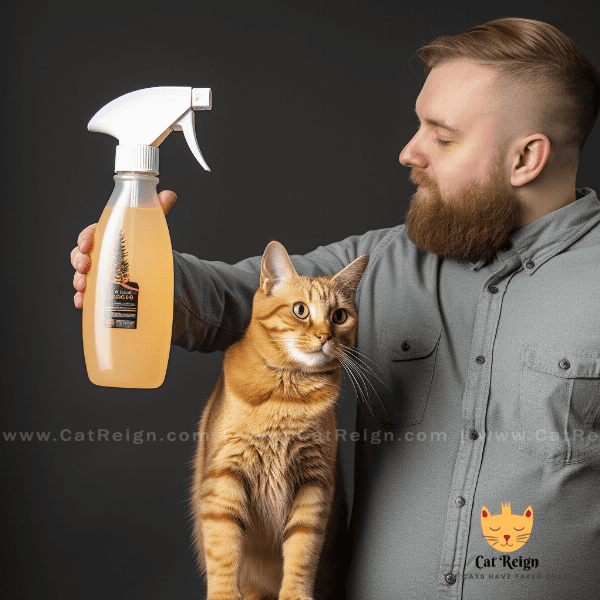
Top 5 Ingredients to Look for in Anti-Scratching Cat Spray
When it comes to choosing an effective anti-scratching cat spray, there are several key ingredients to look for. Here are the top 5 ingredients that can help make a cat spray effective:
2. Rosemary Oil
Rosemary oil is another natural scent that can be effective in deterring cats from scratching. It has a strong, herbaceous odor that cats find unpleasant, and it can help discourage them from scratching furniture and other household items.
3. Lemon Oil
Lemon oil is a natural scent that can be used in anti-scratching cat spray. It has a fresh, citrusy scent that cats find unpleasant, and it can help deter them from scratching in areas where the spray has been applied.
4. Sticky Substances
In addition to scent, many anti-scratching cat sprays use sticky substances to deter cats from scratching. This can include substances like glycerin or aloe vera, which make the sprayed area feel tacky or sticky to cats, making it unpleasant to scratch.
5. Safe, Non-Toxic Ingredients
By choosing an anti-scratching cat spray with these key ingredients, you can help deter your cat from scratching furniture and other household items. However, it’s important to remember that anti-scratching cat spray is just one tool in redirecting a cat’s scratching behavior, and should be used in conjunction with appropriate scratching surfaces and positive reinforcement training.
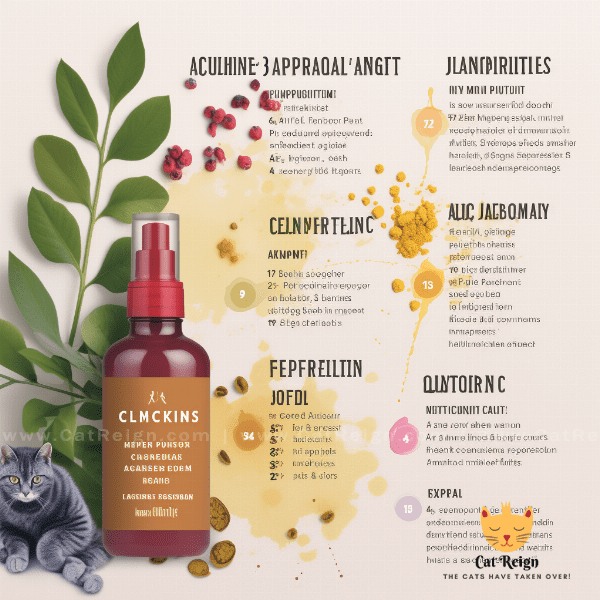
How to Use Anti-Scratching Cat Spray
1. Choose the Right Spray
Choose an anti-scratching cat spray that is safe and effective for your cat. Look for sprays that are made from natural ingredients and avoid sprays that contain harsh chemicals that could harm your cat or damage furniture.
2. Apply to Targeted Areas
Spray the anti-scratching cat spray onto the areas where your cat likes to scratch, such as furniture or carpets. Be sure to apply enough spray to make the area unappealing to your cat.
3. Be Consistent
Consistency is key when it comes to using anti-scratching cat spray. Be sure to apply the spray to targeted areas on a regular basis to reinforce that these areas are off-limits to your cat.
4. Monitor Your Cat’s Behavior
Monitor your cat’s behavior after applying the anti-scratching cat spray. If your cat continues to scratch in targeted areas, you may need to reapply the spray or consider using additional training techniques.
5. Use in Conjunction with Training
Remember that anti-scratching cat spray is just one tool in redirecting your cat’s scratching behavior. It should be used in conjunction with appropriate scratching surfaces and positive reinforcement training to ensure the best results.
By using anti-scratching cat spray effectively, you can help deter your cat from scratching furniture and other household items, creating a happier and more harmonious home for both you and your furry friend.
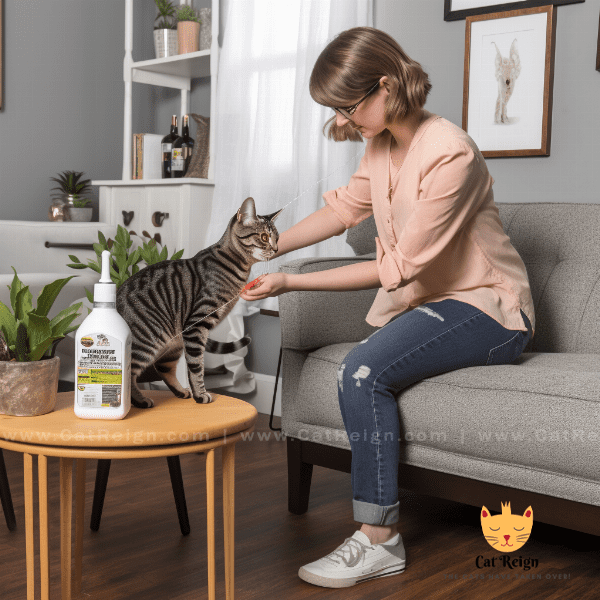
Alternatives to Anti-Scratching Cat Spray
While anti-scratching cat spray can be an effective tool in deterring cats from scratching furniture and other household items, it’s not the only solution. Here are some alternatives to consider:
1. Provide Appropriate Scratching Surfaces
Providing appropriate scratching surfaces, such as scratching posts or pads, can help redirect your cat’s scratching behavior. Make sure to choose scratching surfaces that are sturdy, stable, and made from materials that your cat enjoys scratching.
2. Cover Furniture
Covering furniture with a protective cover can help protect it from scratching. This is especially helpful for leather furniture, which can be easily damaged by a cat’s claws.
3. Trim Your Cat’s Claws
Regularly trimming your cat’s claws can help reduce damage to furniture and other household items. Be sure to use proper trimming techniques and provide your cat with positive reinforcement during the process.
4. Use Double-Sided Tape
Double-sided tape can be used to deter cats from scratching in targeted areas. Simply place the tape on the area where your cat likes to scratch, and the sticky texture will discourage them from scratching.
5. Provide Mental Stimulation
Boredom can often lead to destructive scratching behavior in cats. Providing your cat with mental stimulation, such as toys or puzzle feeders, can help keep them mentally engaged and reduce the likelihood of destructive scratching behavior.
By providing appropriate scratching surfaces, covering furniture, trimming your cat’s claws, using double-sided tape, and providing mental stimulation, you can help reduce or eliminate destructive scratching behavior in your cat. However, it’s important to remember that each cat is unique, and what works for one cat may not work for another.
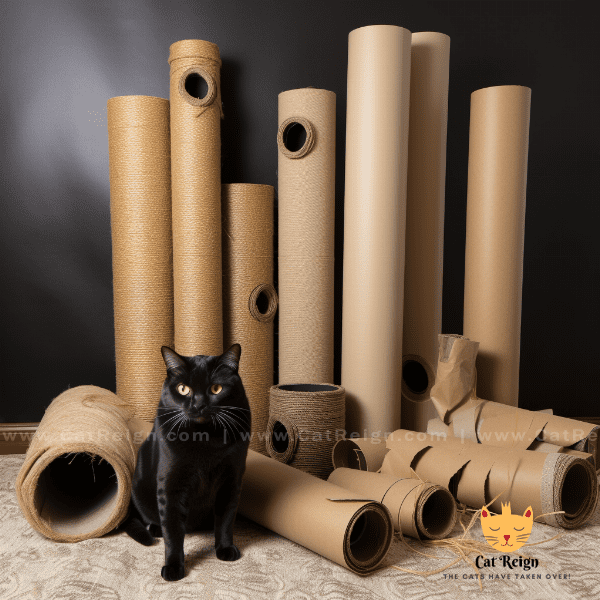
Tips for a Successful Training Experience
Training your cat to redirect their scratching behavior can be a challenging process, but with patience and persistence, it can be done. Here are some tips for a successful training experience:
1. Start Early
The earlier you start training your cat, the easier it will be to redirect their scratching behavior. It’s important to start training your cat as soon as possible to prevent unwanted scratching behavior from becoming a habit.
2. Use Positive Reinforcement
Positive reinforcement is a key component of cat training. Reward your cat with treats or affection when they use appropriate scratching surfaces, and avoid punishing or scolding your cat for unwanted behavior.
3. Provide Appropriate Scratching Surfaces
Providing your cat with appropriate scratching surfaces is essential in redirecting their scratching behavior. Choose sturdy, stable scratching posts or pads that are made from materials that your cat enjoys scratching.
4. Be Consistent
Consistency is essential in training your cat. Be sure to consistently reinforce desired behaviors and use anti-scratching cat spray or other deterrents on a regular basis to help redirect your cat’s behavior.
5. Patience is Key
Training your cat requires patience and persistence. It’s important to be patient with your cat and to avoid becoming frustrated or discouraged if progress is slow.
6. Seek Professional Help if Needed
If you’re having difficulty redirecting your cat’s scratching behavior, consider seeking help from a professional cat trainer or behaviorist. They can provide additional training techniques and strategies to help you and your cat succeed.
By following these tips, you can create a successful training experience for you and your cat, helping to redirect their scratching behavior and create a happier and more harmonious home.

Real-Life Success Stories: How Anti-Scratching Cat Spray Changed My Cat’s Behavior
Anti-scratching cat spray has been a lifesaver for many cat owners struggling to redirect their cat’s scratching behavior. Here are some real-life success stories from cat owners who have used anti-scratching cat spray to change their cat’s behavior:
4. Mike’s Story
Mike’s cat had a habit of scratching the wallpaper in his living room. He tried using double-sided tape and providing his cat with appropriate scratching surfaces, but his cat continued to scratch the wallpaper. After using anti-scratching cat spray, his cat stopped scratching the wallpaper and started using the scratching post instead.
Anti-scratching cat spray can be a powerful tool in redirecting a cat’s scratching behavior. By using it in conjunction with appropriate scratching surfaces and positive reinforcement training, you can create a happy and harmonious home for both you and your furry friend.

Conclusion: Say Goodbye to Destructive Scratching
Destructive scratching behavior can be a frustrating and costly problem for cat owners, but it doesn’t have to be. By understanding your cat’s scratching behavior and using appropriate tools and techniques, you can redirect their behavior and create a harmonious home.
Anti-scratching cat spray is a safe and effective tool for deterring cats from scratching furniture and other household items. By choosing a high-quality spray that is made from non-toxic ingredients and using it in conjunction with appropriate scratching surfaces and positive reinforcement training, you can help redirect your cat’s scratching behavior.
In addition to anti-scratching cat spray, there are other alternatives to consider, such as providing appropriate scratching surfaces, covering furniture, trimming your cat’s claws, using double-sided tape, and providing mental stimulation.
Remember that training your cat requires patience and persistence, and it’s important to seek professional help if needed. With the right tools and techniques, you can say goodbye to destructive scratching and create a happy and harmonious home for you and your furry friend.



